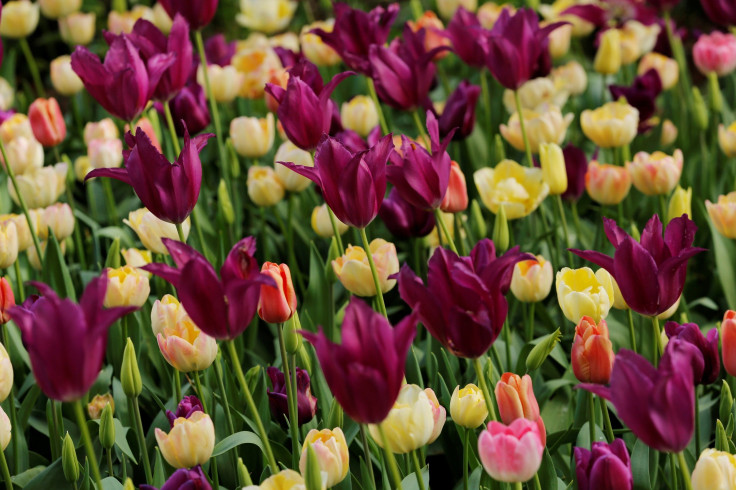Vernal equinox 2017 to occur this month, will mark the start of spring for northern hemisphere

The vernal equinox 2017, or spring equinox 2017, is popularly believed to be the start of spring for countries in the northern hemisphere. This year, the phenomenon is expected to occur on March 20.
Scientifically, the vernal equinox occurs when the sun crosses over the equator. As a result, the sun is aligned with the equator and as a result, Earth experiences the same amount of sunlight everywhere. The duration of day and the night on these days will be almost equal – 12 hours.
The equinoxes occur twice every year, in March and September, subject to change of up to three days. The March equinox, which in the northern hemisphere marks the beginning of spring, is called the autumnal equinox in the southern hemisphere.
Roman dictator Julius Caesar introduced the concept of equinoxes. However, during his reign, a year constituted of 365.25 days. As a result of the difference in the number of days that comprise a year in the Julian calendar and Gregorian calendar, the date of the equinox was found to slip a day earlier every 128 years. Following the introduction of the Gregorian calendar in the 16th century, the spring equinox would occur between March 19 and March 21.
According to EarthSky.org, on the day of the equinoxes, the Earth is not leaning either towards or away from the Sun. In September, the equinoxes reverse – the autumnal equinox occurs in the northern hemisphere while southern hemisphere experiences the vernal equinox.
The duration of day time in the northern hemisphere, which has been increasing steadily since Dec. 21, will continue until the phenomenon of summer solstice. A solstice occurs when the sun reaches its northern or southernmost point – or when it is furthest away from the equator. The solstices for the two hemispheres occur in the months of June and December. As a result of this phenomenon, the winter solstice is seen as the shortest day while the summer solstice is seen as the longest day of the year in the northern hemisphere.
The seasons occur because the Earth makes one revolution around the sun with one hemisphere facing the star more than the other. Our planet leans on its axis at an angle of 23.4 degrees.
However, it should be noted that the vernal equinox marks the beginning of the astronomical spring in the northern hemisphere and the start of astronomical fall in the southern hemisphere. The meteorologists, on the contrary, see the change in seasons differently. According to those monitoring the weather, the northern hemisphere sees the start of spring on March 1, which continues until summer starts on June 1.





















